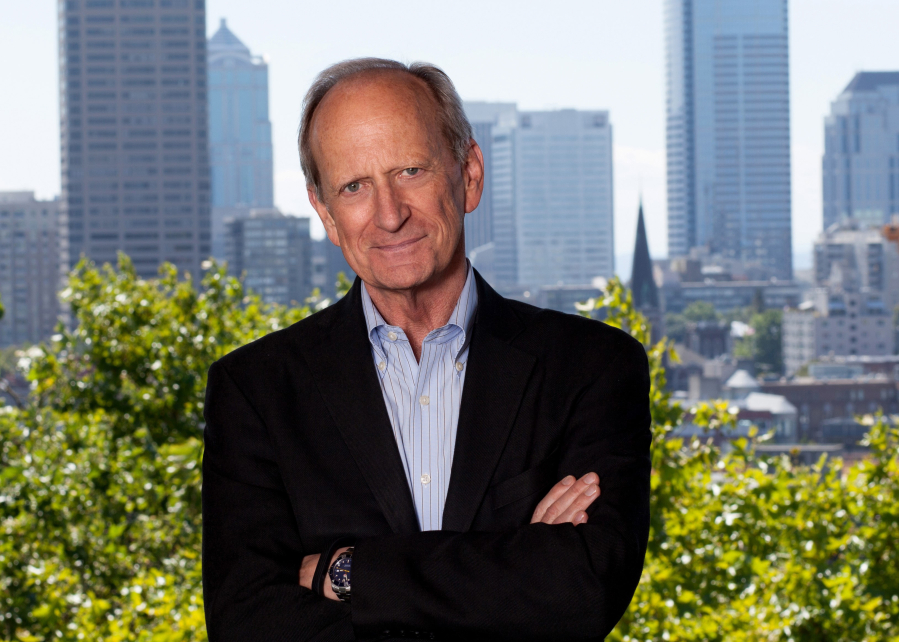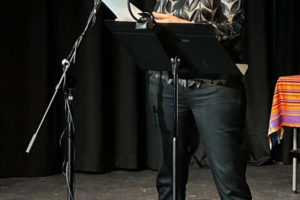Denis Hayes, a Camas native who helped organize the first Earth Day and became internationally known for his environmental activistism, will lead a discussion about building more sustainable communities at the Clark College Foundation’s virtual “Creating Super Green Cities” event on Tuesday, Feb. 23.
Hayes, a 1962 Camas High graduate and Clark College alumnus, will discuss how the Pacific Northwest might take the lead in building healthier human ecosystems.
It is a topic that has intrigued Hayes, 76, since his days at Harvard’s Kennedy School in the late 1960s. Back then, however, “the environment” wasn’t something on the radar of most college or political activists.
“In late 1969, had you asked the question, ‘What do you think about the environment?’ I think the most common response would have been, ‘What is the environment?'” Hayes told The Harvard Gazette in April 2020.
That began to change in 1970, when Hayes, who had left Harvard to work with Wisconsin Sen. Gaylord Nelson, an early champion of environmental policies, coordinated the first Earth Day celebration. That inaugural Earth Day, held on April 22, 1970, attracted an estimated 20 million people nationwide and sparked the beginning of a cohesive environmental movement.


